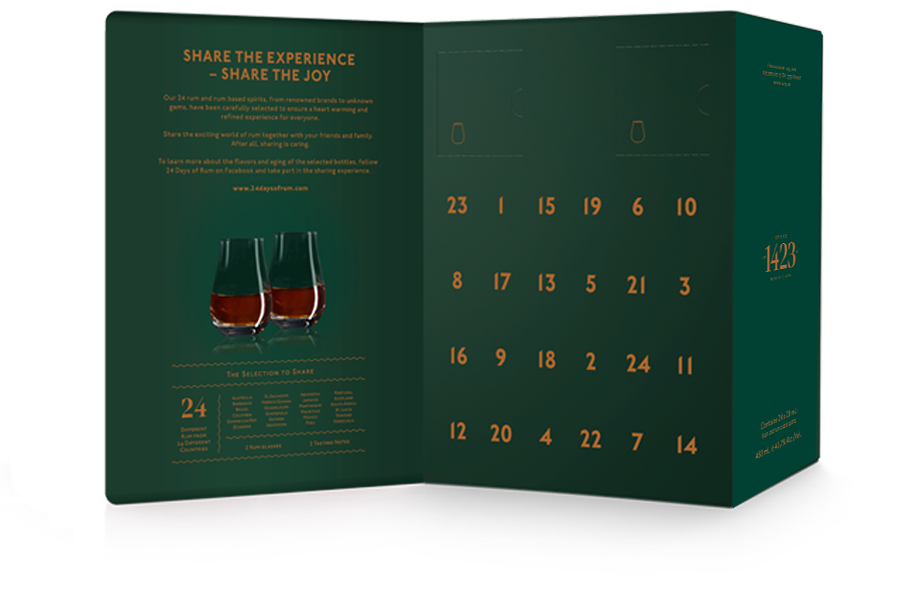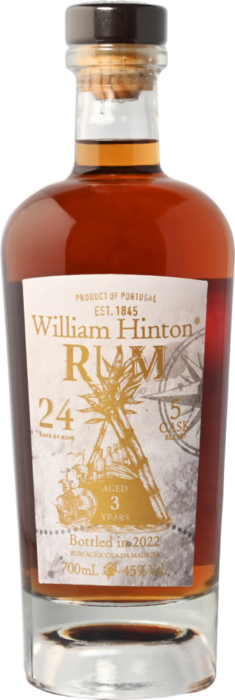The cultivation of sugar cane on Madeira island goes back to the beginnings of colonization. From very early it was noticed that this garden of Eden located in the middle of the Atlantic had exceptional conditions for the planting of sugarcane. According to history, the king Infante D. Henrique was responsible for the introduction of sugar cane on Madeira island in 1425, 6 years after the Island was discovered. It is said that the first sugar canes sent to Madeira island were from Sicily.
In the eighteenth century the British community began to settle on Madeira creating a strong connection to the island where they saw their business thrive. William Hinton is one such case. In fact, in 1838, attracted by its charms, he chooses Madeira Island as his new home. He develops a special affection for Madeiran culture and plays a fundamental role in the promotion and development of the wicker sector and banana culture. It is however in the industrial area that William Hinton plays a more significant role in the Madeiran society. Aligned with the visionary path of William Hinton, his son Harry Hinton, builds the steam industrial unit known and still remembered by the people as the ‘Engenho do Hinton’ – the Hinton mill.
Engine of industrial development and promoter of technological progress, this industrial unit, employed at the beginning of the twentieth century, 230 workers. As a result of the technological improvements and the testing of new techniques, the Torreão Factory reached its peak in 1920, when it was able to transform 608 tons of sugarcane in a 24-hour period, becoming one of the largest, if not the largest, sugar cane processing unit in Europe. The juice obtained from the sugar cane on the Hinton mill was of a very high purity. The ‘garapa’ would be transformed, through a fermentation process, into what we call sugar cane wine, only then could the distillation process begin and give birth to Madeira Agricole Rum. Such was the impact of this commodity that, in the first half of the twentieth century, Madeira island was known as the island of rum.
The success of the implementation of sugar cane culture and construction of sugar mills in other Atlantic islands and in the New World had a perverse effect as it led to the decline of the sugar economy produced on Madeira Island. The sugar plantations were replaced by vineyards, marking a turning point in Madeira´s economy in favour of the development of the wine sector. Madeira wine arouses the special interest of Anglo-Saxons who, in addition to other types of business, dedicate themselves intensively to the commercialization and export of this good. They are also the reason behind the transformation of the island into a tourist destination of excellence.
Tasting Notes
Sweet aroma from which the notes of vanilla and wood stand out. In the mouth it enters dry and an intense persistence takes over the senses to open its way to a smooth finish. Take your time, let it breath and enjoy. Saúde!


Fort en alcool Doux en bouche Crémeux Goûteux Reste en bouche Goûteux Goût très agréable
Nice, complex and smoth
Nice. Good flavour, a good sipping rum.
Skvělá vůně i chuť, po rozinkách. 👌
🙁
A nice creamy rum smells of strong vanilla and tastes of caramel and vanilla a pleasant rum to drink
Very smooth rum with a woody after taste Excellent choice will definitely trying this again
Amer
Interesting wood-taste.
No !
Průměr.
Bon nez, un peut fort, bon goût, plutôt bon comme rhum.
Light amber rum with a strong aroma to brown sugar, complemented with vainilla and woody aromas. On the palate is delicious (resembling the same notes of the aroma) and powerful with a rush of alcohol.
Zvláštní.
Bon.
good little strong
De la pure vanille 🔥